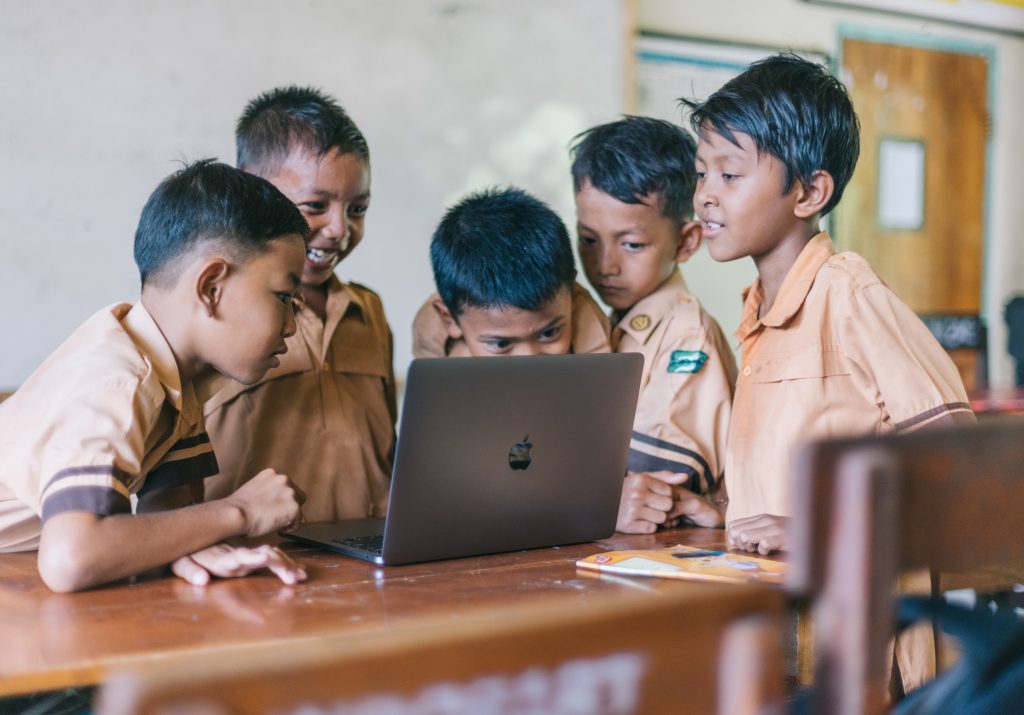The advent of the digital age has brought about significant transformations in various aspects of human life, with education being no exception. Wi-Fi connectivity is one of the key drivers of this revolution, creating new possibilities for both teachers and students in today’s classrooms.
This article will delve into six ways in which Wi-Fi is revolutionizing the educational landscape.

Breaking Down Barriers To Education
One of the most significant initiatives to harness the power of Wi-Fi in education is the Connect the Classroom program. This initiative seeks to provide Wi-Fi access to schools in underprivileged areas, thereby reducing the digital divide and ensuring that all students have equal opportunities to learn and thrive.
With Internet access now considered a basic human right, Connect the Classroom is playing a crucial role in democratizing education and bridging the gap between the haves and the have-nots.
Enhanced Collaboration And Communication
Wi-Fi connectivity in classrooms allows for seamless collaboration and communication among students and teachers.
With tools like Google Classroom, Microsoft Teams, and Zoom, students can work together on group projects, share resources, and engage in discussions, all in real-time.
Teachers, on the other hand, can provide instant feedback, track progress, and personalize learning experiences, ensuring that no student is left behind.
The Rise Of E-Learning Platforms And Digital Resources
Wi-Fi connectivity has given rise to numerous e-learning platforms. These platforms provide students with access to a wealth of information and resources that would have been unimaginable a few decades ago.
From interactive textbooks and video lectures to online quizzes and simulations, digital resources are transforming the way students learn and retain information.
The ability to access these resources anytime and anywhere through Wi-Fi connectivity is empowering students to take control of their learning experience and progress at their own pace.
Flipped Classrooms And Blended Learning
One of the most significant shifts in educational methodology brought about by Wi-Fi connectivity is the concept of flipped classrooms and blended learning.
Instead of the traditional teacher-centered approach, flipped classrooms rely on Wi-Fi-enabled devices to provide students with access to course materials and resources before they attend class. This allows them to come prepared with questions, thoughts, and ideas, which they can discuss and explore further during class time.
Blended learning combines the best aspects of online and traditional education, allowing for a more engaging and interactive learning experience.
Enhanced Accessibility For Students With Special Needs
Wi-Fi connectivity has significantly improved the educational experience for students with special needs. Assistive technologies, such as text-to-speech, speech-to-text, and magnification software, are now easily accessible through Wi-Fi-enabled devices.
These tools allow students with visual, hearing, or cognitive impairments to engage with course materials and participate in classroom discussions, fostering an inclusive learning environment for all students.
Real-Time Data And Analytics For Informed Decision-Making
Another significant impact of Wi-Fi connectivity in classrooms is the availability of real-time data and analytics for both students and teachers.
Advanced learning management systems (LMS) and educational apps collect and analyze data on student performance, engagement, and progress. This information empowers teachers to make data-driven decisions to personalize instruction, identify areas where students may need extra support, and recognize patterns that can be addressed to improve learning outcomes.
In Conclusion
Wi-Fi connectivity is playing a transformative role in the future of education. From breaking down barriers to education through programs like Connect the Classroom to enabling enhanced collaboration and communication, Wi-Fi is empowering students and teachers alike.
Furthermore, with the rise of e-learning platforms, digital resources, flipped classrooms, blended learning, and improved accessibility for students with special needs, it is evident that Wi-Fi is revolutionizing the way we learn and teach. As we look ahead, it is crucial to continue investing in Wi-Fi infrastructure to ensure that all students, regardless of their background, have access to the tools and resources they need to succeed in the digital age.




